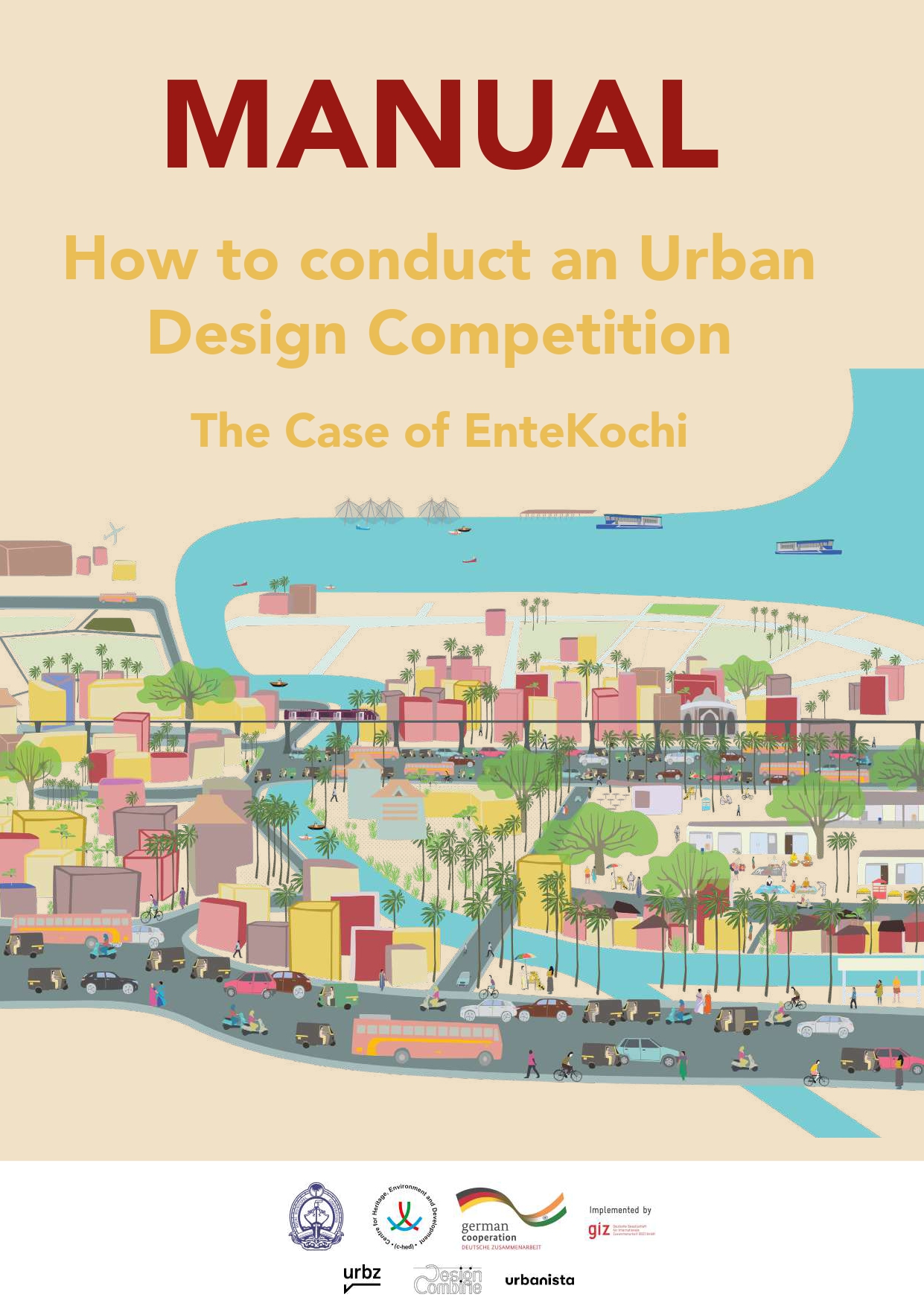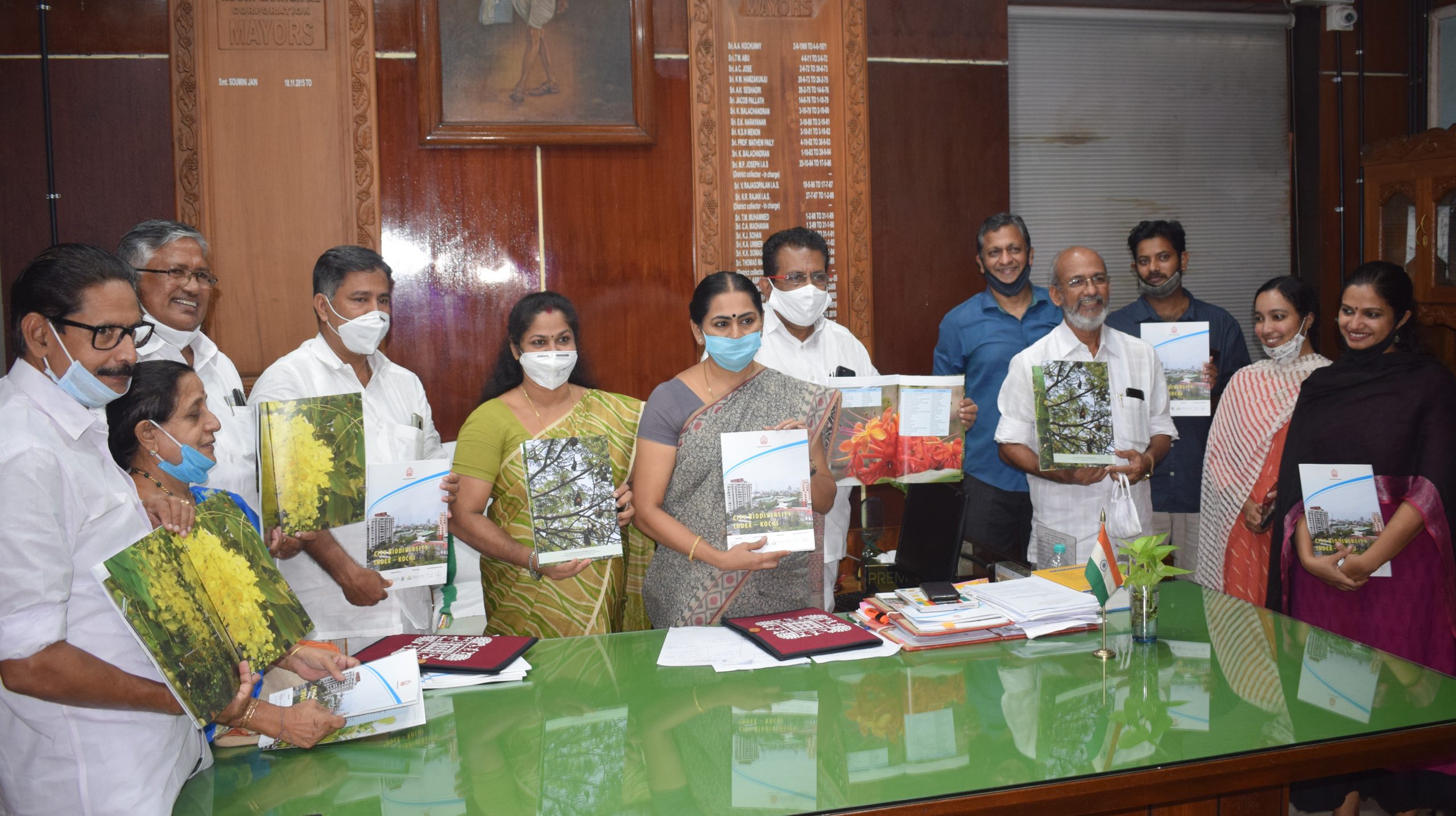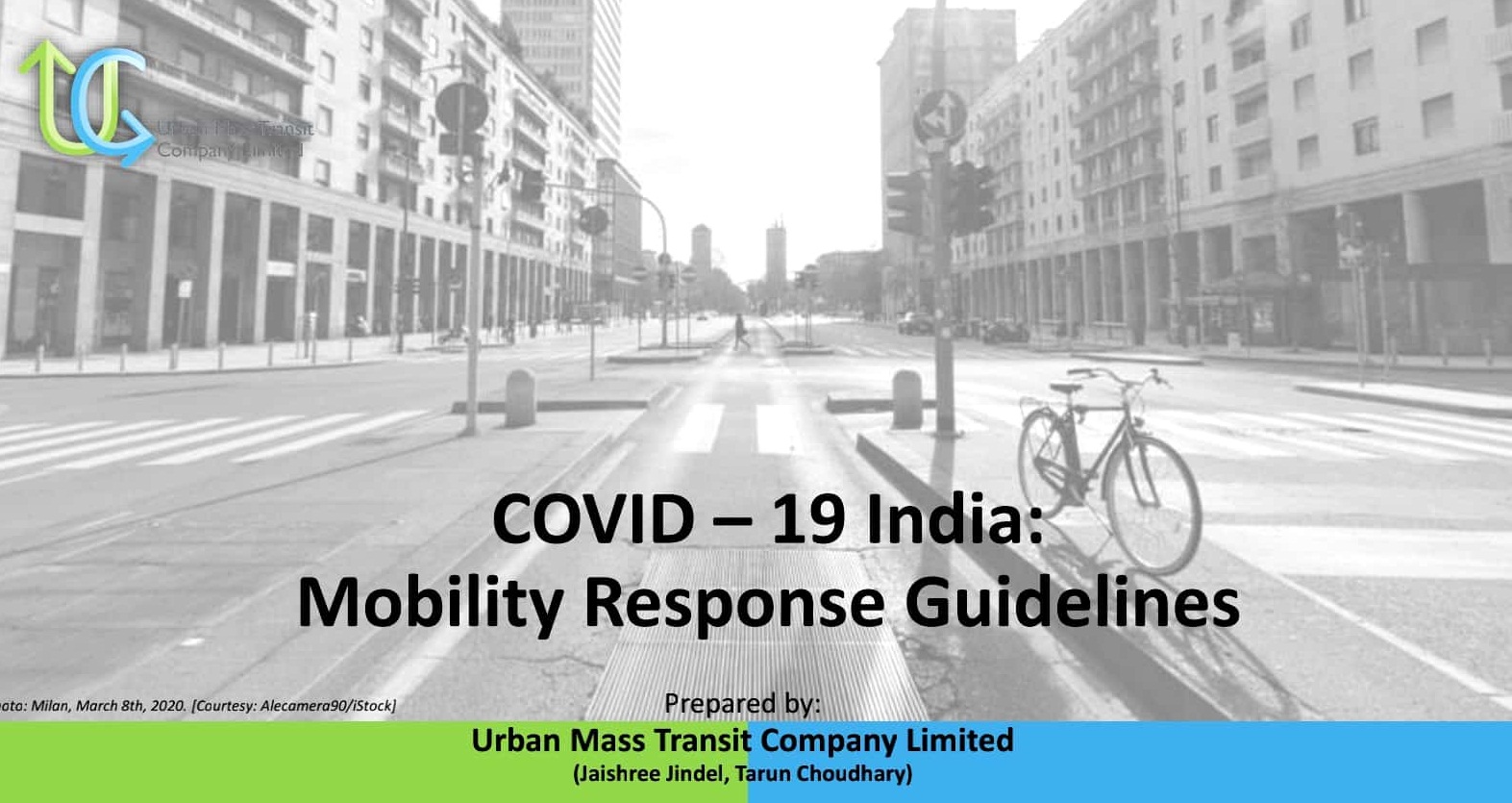C-hed : A True Planning Institute
By Conor Noone, Curtain University, Perth, Australia.
Here is a small piece on the past 2 months I have spent as an intern in Kochi, India.
I first heard of the Centre for Heritage, Environment and Development (C-HED) when I began my internship with the German development organisation GIZ in December 2019. I was tasked with strengthening their team as an added human resource and to provide an external and foreign perspective. As someone who is studying urban planning in Perth, Western Australia, I was excited at the prospect of joining an institute that has been dedicated to this field for so long.
The C-HED first began their work in the year 2002, at the behest of the then Council with the consent from the Government of Kerala, who was keen for the Kochi Municipal Corporation (KMC) to take on more responsibility in increasing the liveability for residents in their city. To assist in managing the many issues that come with urban planning in modern cities C-HED was therefore formed as a semi-autonomous research and development wing of the KMC. Their duties included preserving the extensively long history of Kochi, evident through its built heritage, protection of the city’s precious and quickly disappearing natural assets and advocating for sustainable and smart procedures in urban development.
To achieve all this, the C-HED is tasked with many duties. The most important of these include; research and studies into the issues that press Kochi today, educating and creating awareness for such issues through programs and outreach, and leading the coordinated efforts in mitigating challenges that threaten the livelihood of Kochiites. For the past 18 years C-HED under the leadership of Dr. Rajan Chedambath have been dutifully carrying out this mandate, under successive mayors and governments. You have probably heard of some of the projects they have initiated. For example;
In 2002 they created a vision document and strategic plan for the KMC, outlining the prospective direction the City should take with regards to urban development. This document recommended the development of a Kochi Municipality Masterplan, to help planners and civil servants guide the development of the city in a cohesive manner with people, heritage and environment at its core. This eventually evolved into the process of preparation of the Kochi City Masterplan (2005) and the City DevelopmentPlan (2005) a pre-requisite for the approval of DPRs under the Jawaharlal Nehru National Urban Renewal Mission. It was also during this time that they helped host the World Mayors Conference(2005) in Kochi which included over 40 mayors from across India and around the world. This was an excellent opportunity for Kochi to understand new methods of urban development.
In 2010 the C-HED conducted a study on the impact of development on the Kochi Backwaters, a crucial natural asset of the City. It found development, especially through encroachment, has significantly detrimental impacts to the backwaters, with the report recommending various strategies to tackle these issues and mitigate further environmental degradation. A year later C-HED on behalf of the Kochi Municipal Corporation joined the Asian Cities Climate Change Resilience Network, a coalition of over 40 cities from 4 nations. The objective is to plan, implement and finance strategies for mitigating the impacts of climate change, with the assistance of the ICLEI-South Asia. In 2014 the C-HED was also responsible for Kochi’s successful application to take part in the Smart City Mission of India.
The C-HED has been responsible for sculpting many of the city’s policies regarding heritage, culture and the environment. For example, in 2010 the C-HED undertook a study of water supply for Kochi’s inhabitants. It found serious inadequacies in clean water provision and the basis of this research helped determine a water policy for the KMC, one of the first local level initiatives of its kind in India.
Over the course of many years, the C-HED has been instrumental in including Kochi within cross-cultural exchange programs whereby local governments from around the world participate with Kochi in learning about new and innovative ways for urban planning and governance. These partnerships include; Kumla (Sweden), Norfolk City (USA), Pyatigorsk (Russia), Hangzhou (China), Vilnius (Lithuania) and many more.
2016 witnessed the C-HED lead the coordination of a programme (Interact-Bio) initiated by the Central Governments National Biodiversity and Strategy Action Plan which aims to re-integrate biodiversity throughout Indian cities. The C-HED mobilised resources and stakeholders to create biodiversity mapping and local level integration plans throughout the city. Last year they began work on the Mobilise Your City project which seeks increase the connectivity between the Northern and Southern railway stations. Transport being a massive urban challenge around the world that all cities are grappling with.
Since my placement here, I have learned of these achievements and experienced the day-to-day working from within. The C-HED is an interesting initiative due to its autonomous and neutral role as an arm of government concerned with planning. Urban planning for many places around the world is dictated by governments interests at heart. However, as is the case with all democracies, urban planning is subject to many influential forces. I find the C-HED initiative fascinating because as a semi-autonomous institute, they can provide advice, coordination and mobilise resources while remaining free of political influence yet fixated on the betterment of the city and its people.
The C-HED’s role in Kochi was recently highlighted on the international stage at the 10th World Urban Forum for Urban Development. This provided an excellent platform of the C-HED to raise its profile and its methodology. As a truly innovative form of urban governance they were able to convey this institutes experiences to a powerful audience which, in the future, will ideally attract many other international agencies to come and work with people in Kochi.
The C-HED demonstrate their capabilities as a true planning institution through this background work they do. The coordination and mobilisation of stakeholders and resources is crucial for any effective planning to occur. The city and its problems are not resolved through engineering or design alone. These are important from a practical sense, but it is through the organisation of these groups of people that results on a large scale can be achieved. This is what C-HED does and this, for me, is what urban planning is truly about.
As my internship comes to an end, I would like to thank my colleagues at the C-HED for the truly welcoming experience and valuable insights they have provided me. I would also like to thank GIZ for their decision to coordinate this opportunity and for mentoring me through this journey. Finally, I would like to take this opportunity to thank the people of Kochi for the way they accepted me with open arms despite language and cultural differences and for making my experience here one that I will soon be nostalgic about.





